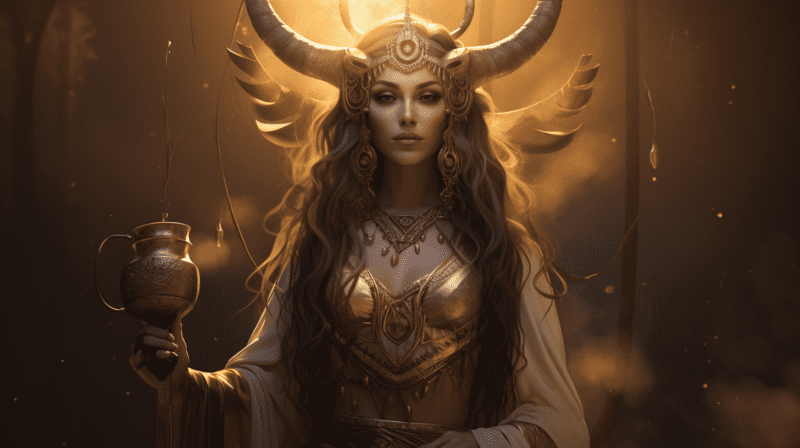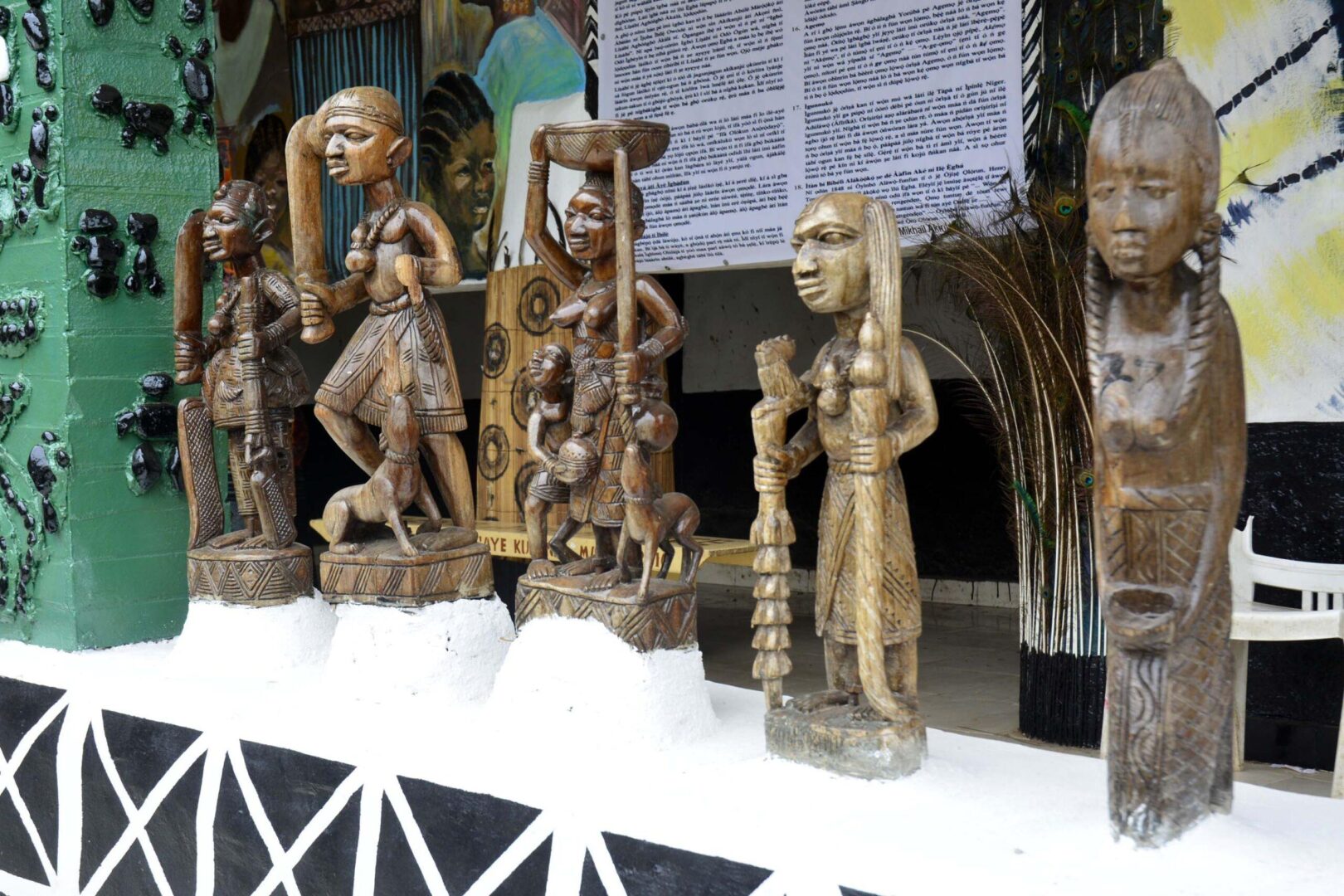As the son of Shiva, the Hindu god of destruction, and the goddess Parvathi (his consort), Ganesha is revered as the remover of obstacles. His birth and acquisition of the elephant head are described in a number of mythologies. These myths differ according to area, custom, and sect. The goddess Parvathi, who is lonely and yearns for affection, is the protagonist in a well-known myth about how Ganesha was born. Thus, when her partner Shiva is doing some sort of meditation on Mount Kailash, she makes a kid out of clay and ghee (clarified butter) and gives him life.
Parvathi asks her son to be on guard while she takes a bath one day. While she is bathing, Shiva comes back, and the young son he hasn’t met yet prevents him from entering. He cut off his head out of rage and started looking for Parvathi. As soon as Shiva realized what he had done, he went in search of the first creature he could find: an elephant. He then gave the boy the elephant’s head and gave him the name Ganesha, which means “lord of the elephants.”
Then Shiva proclaimed that Ganesha would be worshiped first in all rituals and be the one who removes obstacles. Ganesha is revered as the patroness of the arts as well.
He is revered as the deity of learning, wisdom, and prosperity since he is the lord of success and the destroyer of impediments and ills. Other names for Ganesha include Ganapati, Vinayaka, and Binayak.
While Ganesha’s body represents Maya, or humanity’s fleeting earthly life, the head represents Atman, or the soul, which is the ultimate reality of human existence. The elephant’s trunk represents Om, the sound that embodies cosmic reality, and its elephant-like head stands for wisdom.
Ganesha has a goad in his upper right hand that he uses to nudge humans along the eternal path and eliminate impediments. Ganesha’s top left hand contains a noose, a soft tool to catch all problems. Ganesha’s broken tusk, which he holds like a pen in his lower right hand, is a representation of sacrifice because it was broken while he was composing one of Sanskrit’s two most important works, the Mahabharata. His other hand held a rosary, suggesting that the search for knowledge should never cease.
He holds a laddoo, or sweet, in his trunk to symbolize the sweetness of the Atman. He will always hear the faithful’s prayers because of his fan-like ears. The snake that circles his waist stands for energy in all of its manifestations. He is also modest enough to ride a mouse, the lowest of all animals.
Ganesha is a nonsectarian god, in contrast to certain other Hindu deities. There are worshipers, known as Ganapatyas, in every branch of the faith. Ganesha, the deity of beginnings, is honored on both major and minor occasions. The longest of these is the 10-day Ganesh Chaturthi festival, which usually occurs in August or September each year.
Festivities
On the fourth day of the Hindu calendar month of Bhadrapada, which normally falls between August and September, Ganesha Chathurthi, also known as Vinayaka Chathurthi, begins. It is the occasion for the Hindu god Ganesha, who has 108 names according to legend, to celebrate his birthday.
Ganesh & His Mouse Mount
Lord Ganesh, the beloved Hindu deity, is often depicted riding atop a small mouse, captivating the imagination and curiosity of devotees. This unique portrayal holds deep symbolism and carries profound meaning within Hindu mythology.
The mouse, Ganesh’s loyal vehicle or mount, holds significant symbolism in Hindu culture. Despite its small size, the mouse represents humility, agility, and adaptability. It teaches us that even the tiniest creatures can carry the weight of the divine and achieve great feats. Just as the mouse scurries through narrow spaces, Ganesh’s mount reminds us to navigate life’s obstacles with flexibility and resourcefulness.
The pairing of Ganesh, the mighty and wise elephant-headed deity, with a small mouse may seem contradictory at first. However, this union symbolizes the harmony and unity of opposites. Ganesh represents strength, intellect, and the ability to overcome obstacles, while the mouse embodies humility and quickness. Together, they teach us that true power lies not only in physical prowess but also in embracing diverse qualities and finding balance within ourselves.
Ganesh riding a mouse serves as a reminder of the importance of humility in our spiritual journey. Despite his divine status and immense wisdom, Ganesh chooses a humble mouse as his mount. This conveys the notion that true greatness lies in recognizing our own limitations and embracing humility in our actions and interactions. The mouse’s presence reminds us that no matter how high we rise, we should remain grounded and approach life with humility and gratitude.
Ganesh, renowned as the remover of obstacles, showcases his ability to overcome challenges through his mouse mount. The mouse’s agility and quickness symbolize the qualities needed to navigate life’s hurdles. Together, they inspire us to confront our obstacles with determination, adaptability, and swiftness. Ganesh’s mount reminds us that even the seemingly insurmountable barriers can be overcome with the right mindset and approach.
This unique portrayal highlights the unity of opposites, the importance of humility, and the ability to overcome obstacles. Ganesh’s mouse mount serves as a constant reminder to embrace humility, find balance within ourselves, and face challenges with resilience and adaptability. May the symbolism of this divine pairing inspire us to navigate life’s journey with grace and unwavering determination, just as Ganesh rides upon his loyal mouse companion.





